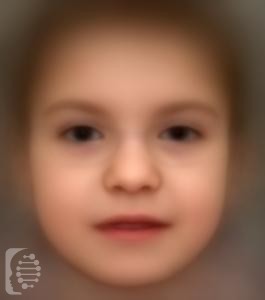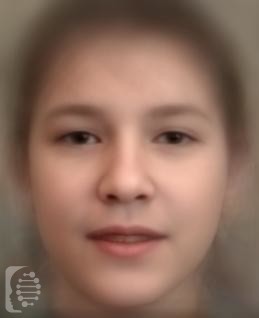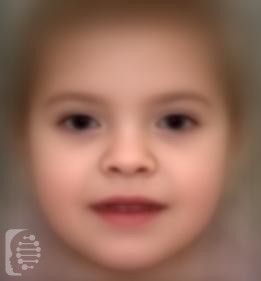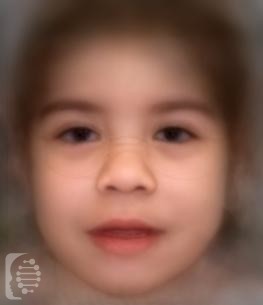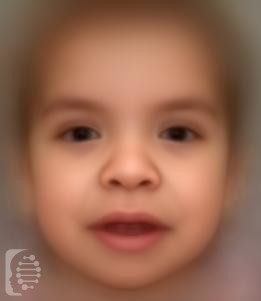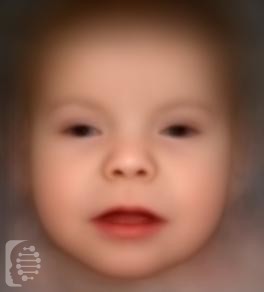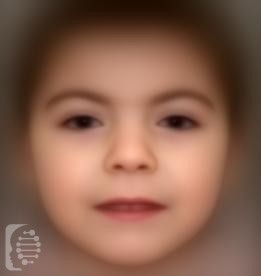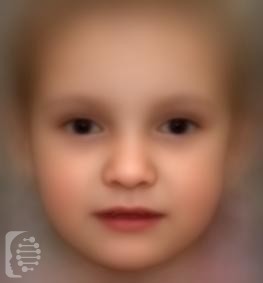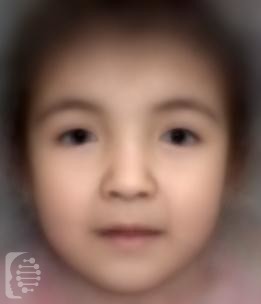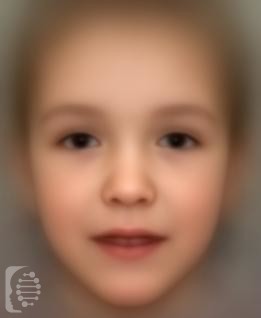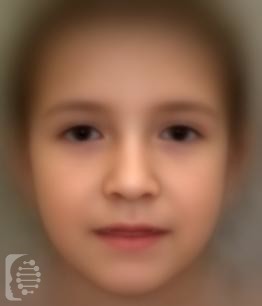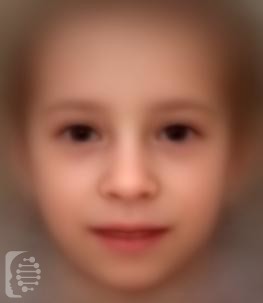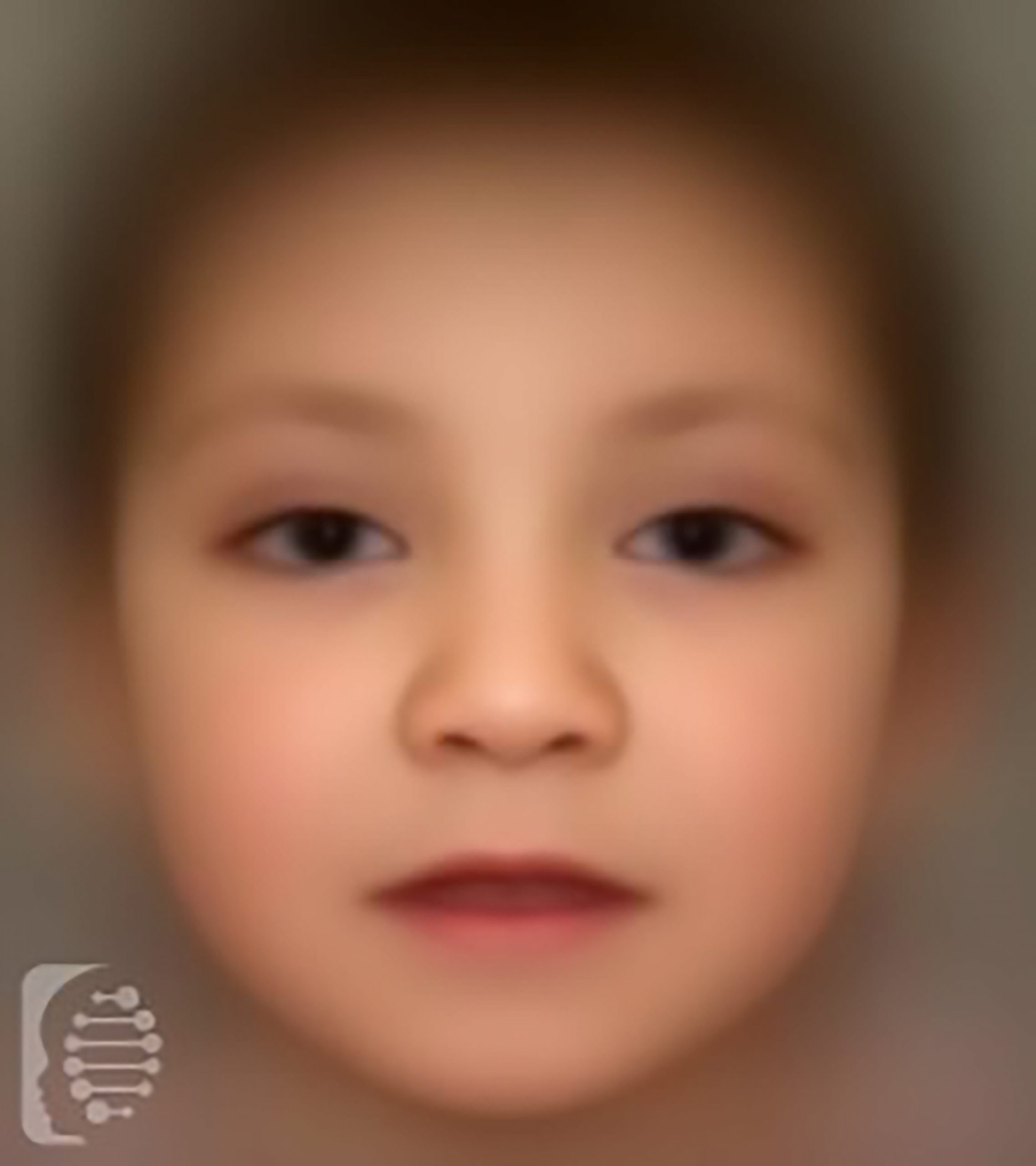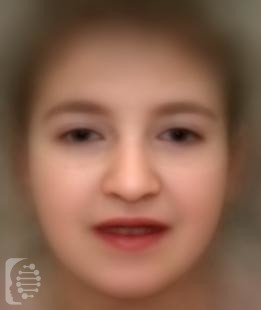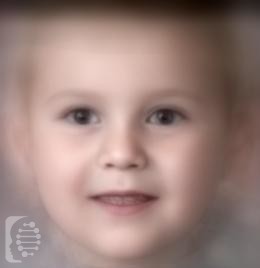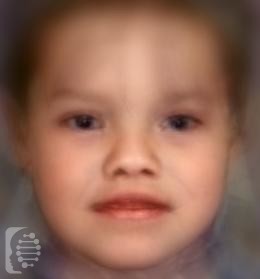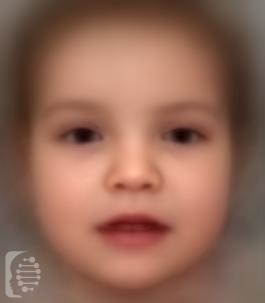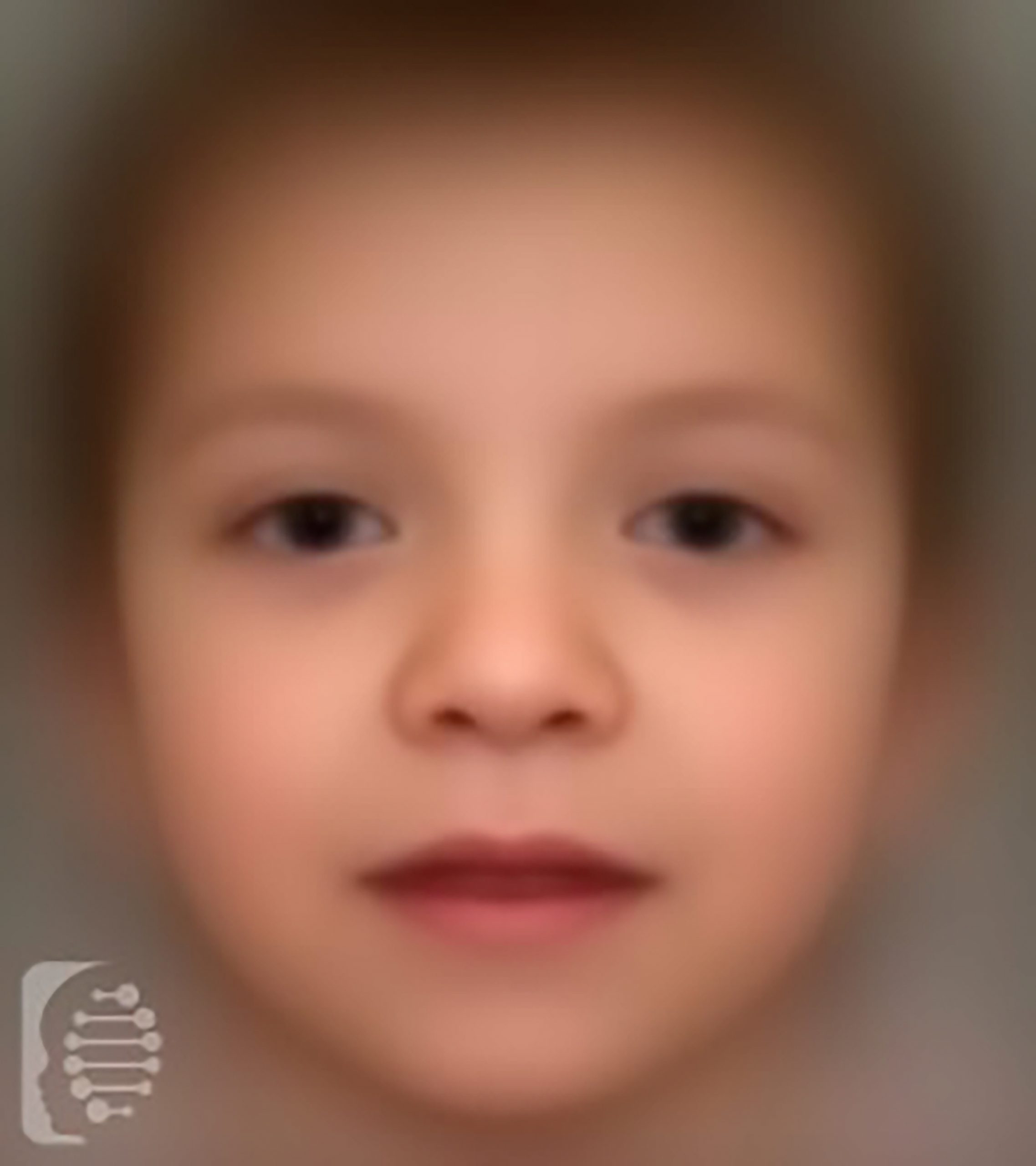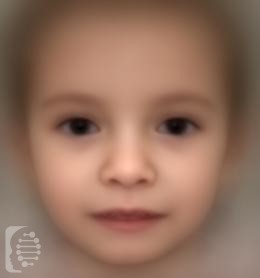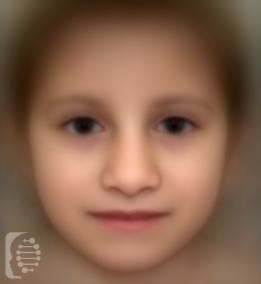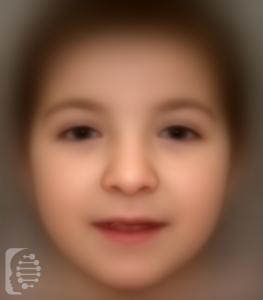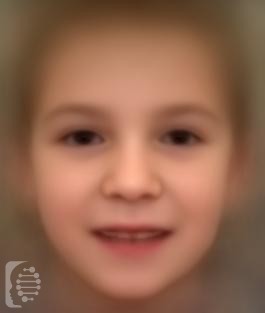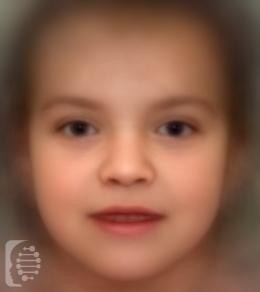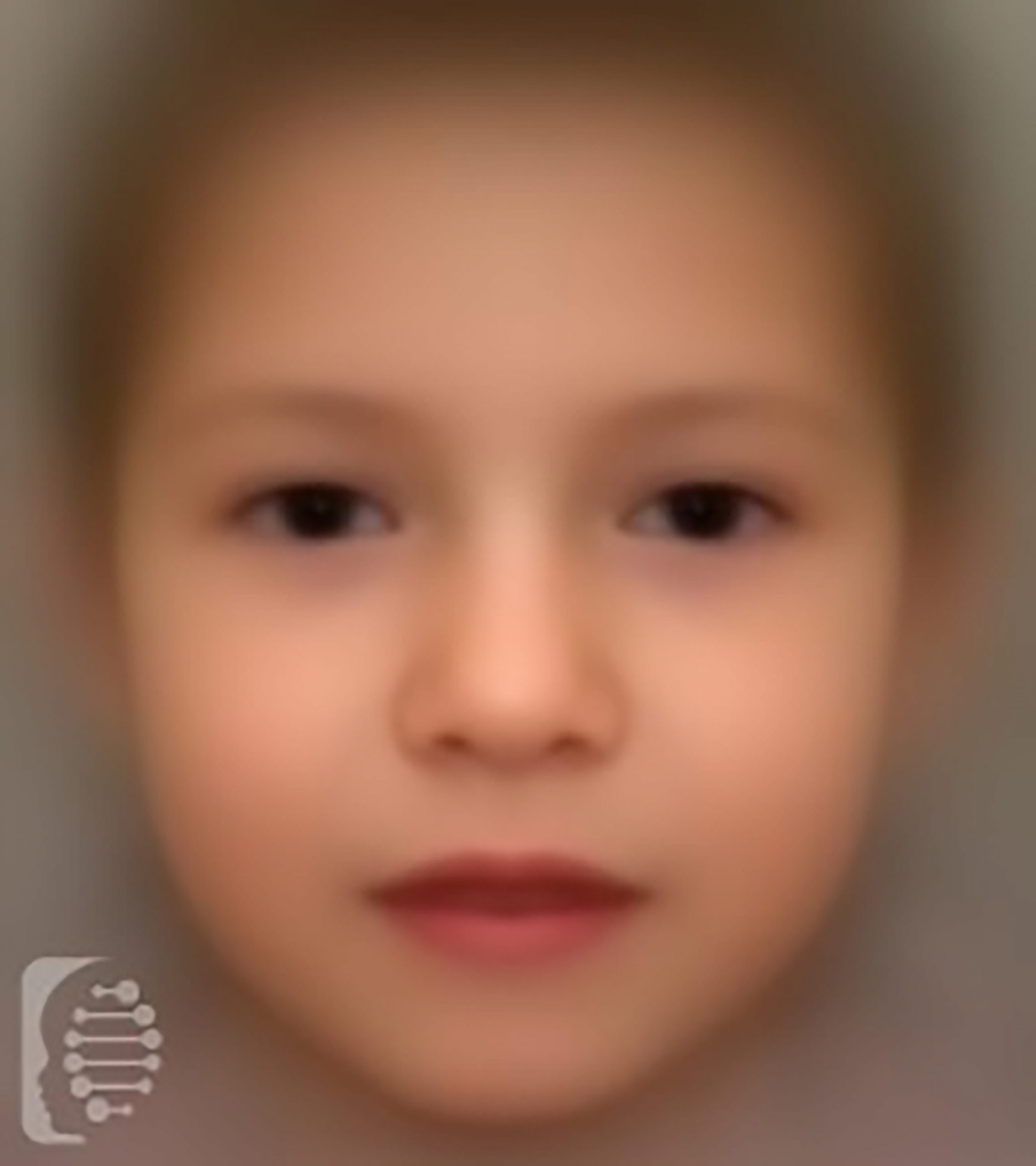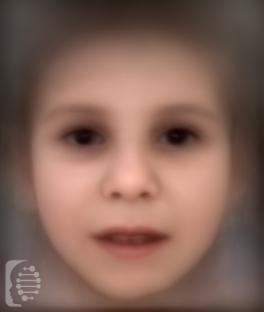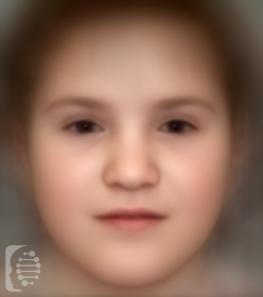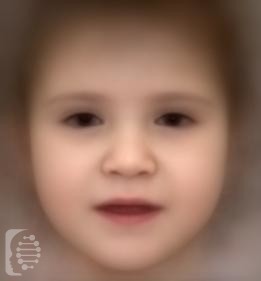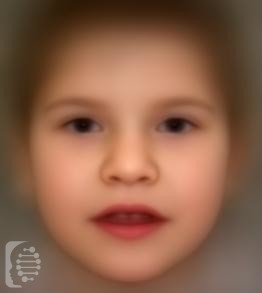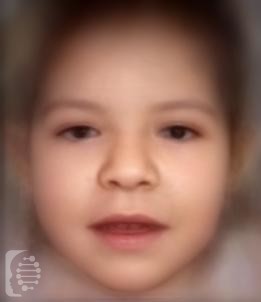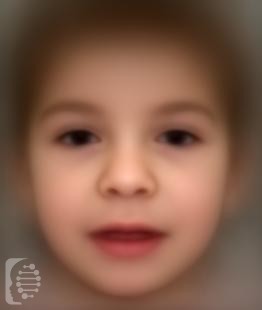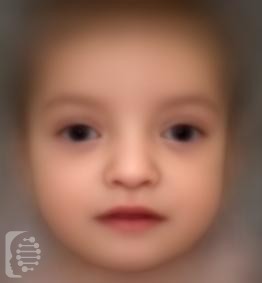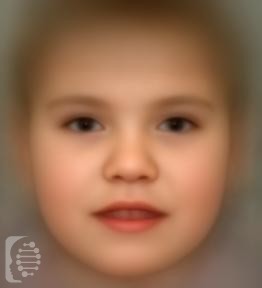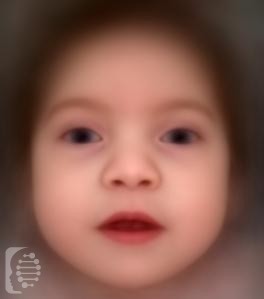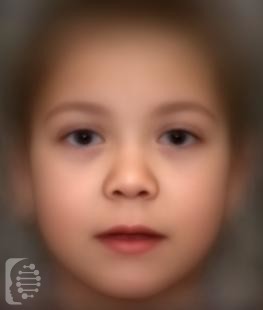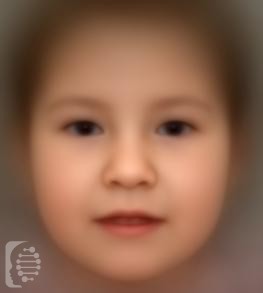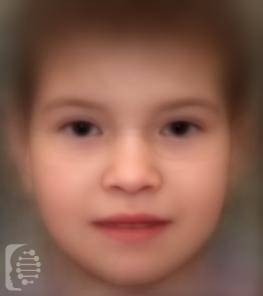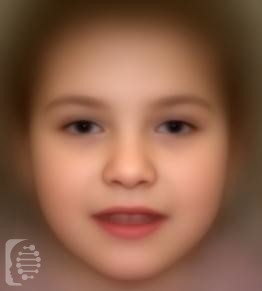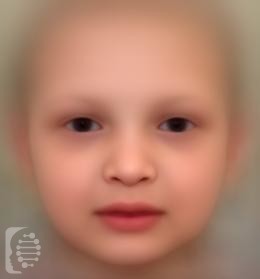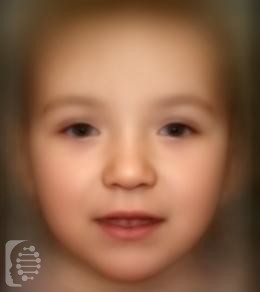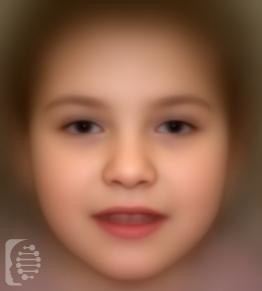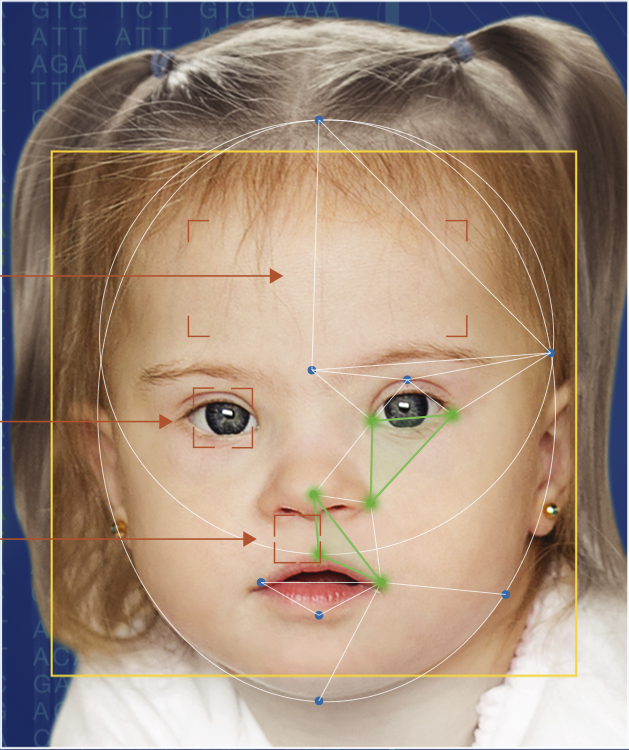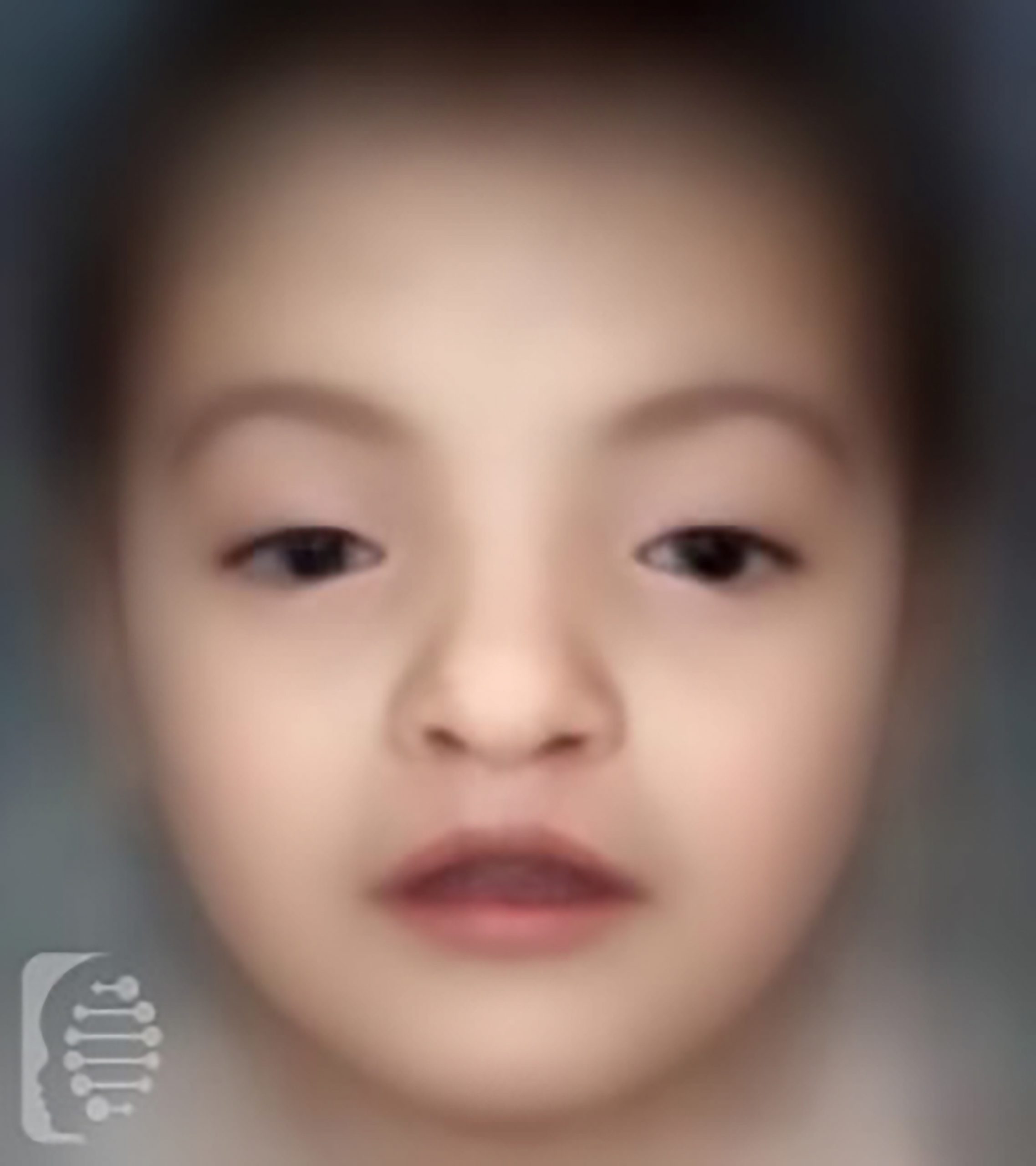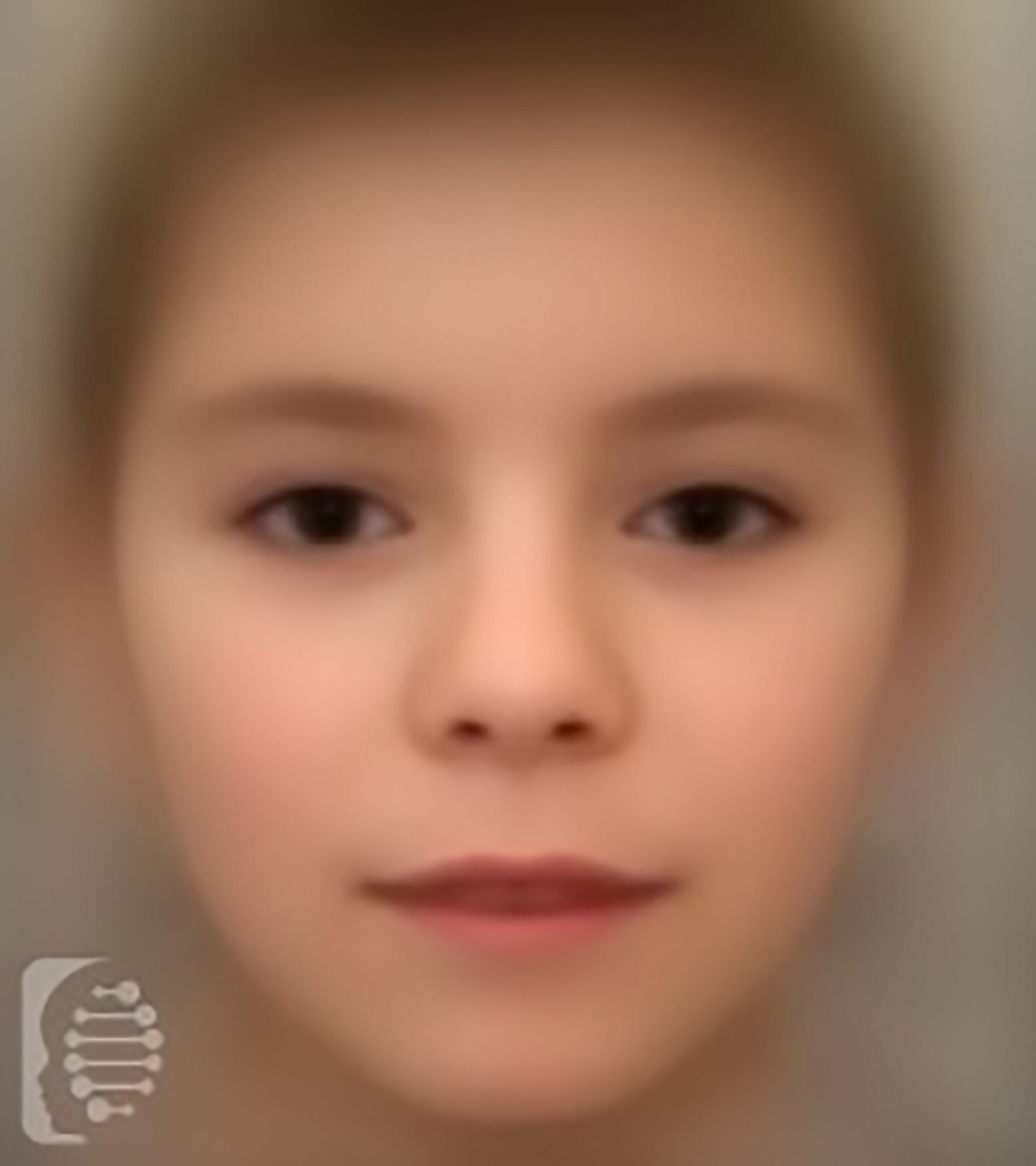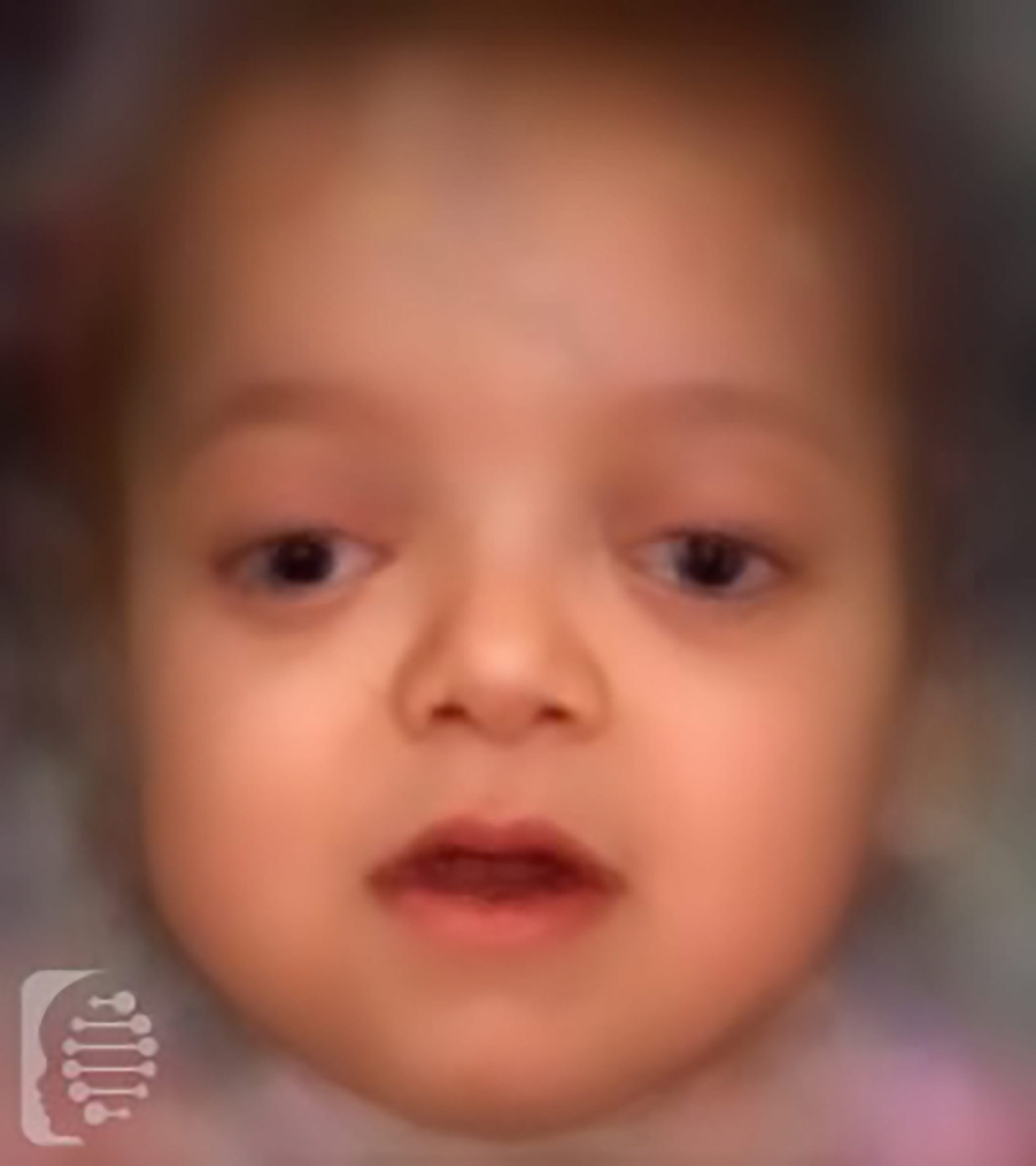Paula and Bobby
Parents of Lillie
Dyspnea

Understanding respiratory related symptoms and features.
Symptoms may affect multiple parts of the body. Understanding which part of the body a symptom affects, can help us to better understand the potential underlying causes of a symptom, including a rare disease or genetic syndrome.
The respiratory system is made up of the lungs, airways and blood vessels. These parts of the system work together to help the body breathe: they control the process of respiration including the inhalation of oxygen and the exhalation of carbon dioxide.
Symptoms affecting the respiratory can not for the most part be seen with the naked eye. Diagnosing a respiratory related symptom may involve different tests and assessments, both subjective and objective.
Symptoms relating to the respiratory system will affect an individual’s ability to breathe effectively and may require medical intervention.
What is dyspnea?
Dyspnea is difficulty breathing, or shortness of breath: labored breathing, struggling for air, sometimes called “air hunger”. It is a feeling that is subjective to the patient and can only be measured by asking the patient how they feel relative to specific situations, for example, using a Borg scale. Feeling short of breath or having difficulty getting enough air can be a temporary, mild discomfort that will pass, or it may be more serious and long-term respiratory distress.
What am I feeling, and why?
Dyspnea can be described in a variety of ways by the persons experiencing it, and that can vary as well by personal experience, or cultural and socioeconomic background, or other factors. However medical professionals will sometimes group the descriptions of dyspnea into five clusters that can help identify what the patient is feeling and what diseases may be related to that sensation.
“Tightness” in the chest is often associated with asthma.
“Increased effort” or “more work” breathing may indicate that the dyspnea is related to certain conditions that cause respiratory muscle fatigue, such as COPD.
“Unsatisfied by” or “having difficulty breathing in” is a third description that can show reduced lung volume.
“Rapid breathing” or “shallow breaths” can show up during intense physical exercise, or with conditions that mimic that feeling.
“Out of breath”, “can’t breathe” or “feels like suffocating” can sometimes be associated with heart failure, or with conditions such as pregnancy.
What should I do next?
In some instances, dyspnea may be one of the features of a rare disease or genetic syndrome. In this case fast, targeted genetic analysis can give you a more accurate diagnosis.
Synonyms:
Shortness of breath, panting, gasping, difficult to breathe, breathing difficulty, abnormal breathing, trouble breathing, dyspnoea, shallow breathing, rapid breathing, chest tightness, air hunger, struggling for air
HPO:
0002094
Optional syndromes:
Clarify any concerns you may have and get tested online today!
Schedule Your Online Meeting Now
Synonyms:
Shortness of breath, panting, gasping, difficult to breathe, breathing difficulty, abnormal breathing, trouble breathing, dyspnoea, shallow breathing, rapid breathing, chest tightness, air hunger, struggling for air
HPO:
-
0002094
Optional syndromes:
FDNA™ Health can help you with the diagnostic journey.
Learn about child developmental delays: Causes, Symptoms, and Therapies.
Don't wait years for a diagnosis. Act now and save valuable time.
Explore the most detected symptoms in our system (numbers are global and based on the data from 120 countries):
What is FDNA Health?
With the largest global database and a leading decision-support tool using AI, FDNA™ Health enables patients and their families to better understand symptoms and conditions with the goal of shortening the time to diagnosis.
Benefits of FDNA Health
Save valuable time by
learning about possible conditions
and report to your clinician
Advanced AI technology
and leading worldwide clinicians
shortening time to diagnosis
Looking for answers?
Worried about child development?
We are here to help you!


